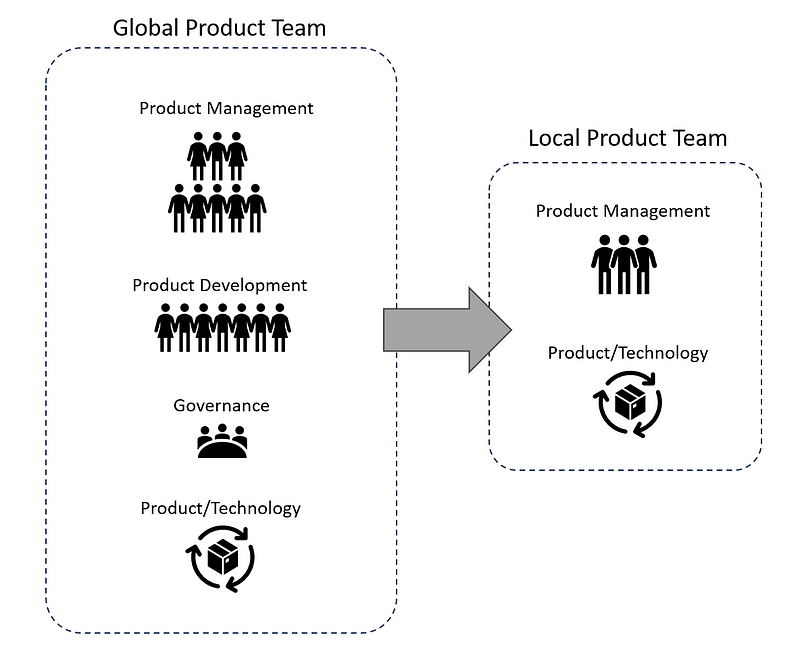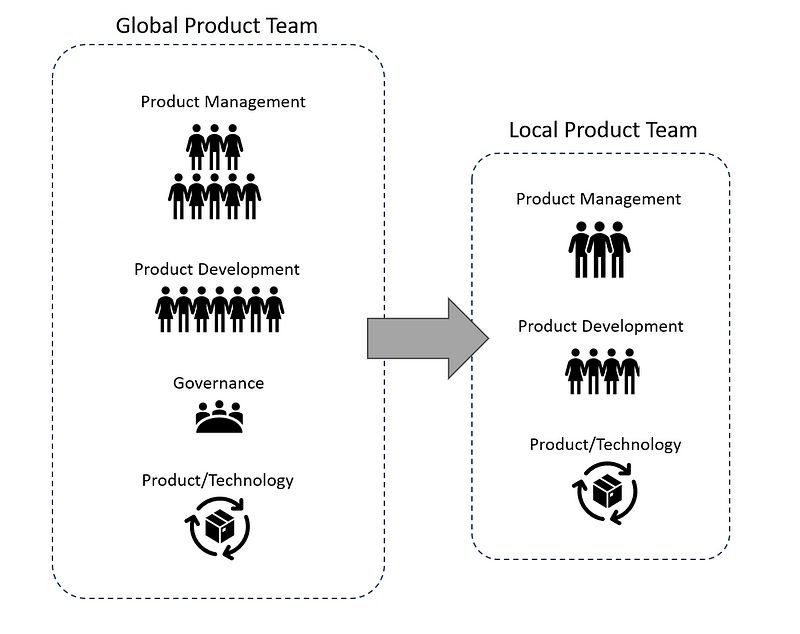Effective Global Product Management: A Portfolio Approach
Written on
Understanding Global Market Dynamics
When a business begins to thrive in its target market, the ambition for global expansion often arises. Yet, achieving global reach is anything but simple.
The complexity of global domination can be likened to attempting to fit a square peg into a round hole—an impractical endeavor. Numerous examples exist of products successfully dominating their respective markets, including Flipkart in India, Amazon in the USA, Alibaba in China, and Uber, among others.
However, one persistent challenge that companies face while entering foreign markets is localization. This involves more than just tweaking the user interface; it demands a profound understanding of local cultures, operational requirements, regulatory frameworks, and pricing strategies.
From a product management standpoint, addressing these challenges necessitates agile local teams that can swiftly adapt to the evolving macroeconomic and competitive landscapes.
Adapting Team Structures for Market Penetration
In my experience with both multinationals and startups focused on market entry, I have encountered various team structures for cross-border product teams.
Early-Stage Product Teams

The primary role of a local product team in the early stages is to modify the product for local preferences. This includes adjustments in language, user experience, payment options, and checkout processes. Essentially, the product mirrors the home market's user experience and codebase, with the local team reporting to the global team and sharing a unified product backlog.
As a company invests more resources, the local product team can be granted dedicated development resources, enhancing responsiveness to market demands.
Stable-Stage Product Teams

In a more stable phase, dedicated engineering teams focus on local market features. The product undergoes more significant adaptations, such as language specifics and payment methods, while still maintaining a strong connection to the home market's brand and user experience.
Despite a degree of autonomy, local teams remain under the governance of the global product team, which can limit how quickly they can respond to local market needs.
Key Insights
This model has its benefits—it's a straightforward way to extend product teams into new markets. However, challenges persist. Relying on a central codebase means that any new developments must receive approval from the core team, potentially slowing progress in local markets.
What Works in Local Market Penetration?

Market penetration should focus on delivering comparable, if not superior, value to what the home product offers. Recognizing and respecting local users is critical, rather than merely pushing a product onto them while seeking to cut costs.
A highly effective model I have participated in emphasizes the autonomy of local product teams. These teams can prioritize their backlogs and make independent decisions, while the central team provides a foundational codebase. Changes to this core framework are funded by local teams, allowing them to prioritize developments that align with business opportunities.
Advantages and Challenges
This method empowers local teams to respond quickly and effectively to market fluctuations. While they bear responsibility for funding localized features, it fosters a sense of accountability in prioritizing market needs.
However, the core product’s architecture must allow for clear abstraction lines, akin to the Linux or Android operating systems that adapt to various hardware configurations. The central management must balance control with the potential for greater returns over time.
Conclusion
Traditional models of product team structures often fail to support effective market expansion. The focus should be on delivering value without being constrained by existing codebases or team configurations. The portfolio model can effectively streamline cross-border product management and engineering structures.
Importantly, the degree of localization required for success varies by product type, highlighting the need for flexibility in applying the portfolio model.
In writing this, I aim to clarify my thoughts while assisting others in their growth. If you appreciated this article and wish to receive similar insights, consider signing up for my newsletter or following me on Medium.
The first video titled "How To Create a World Class Product Management Process" discusses essential strategies for establishing an effective product management framework.
The second video, "How to Build Products at a Global Scale by Amazon PM & PgM," explores insights from Amazon's product management team on scaling products for diverse markets.